Most of the time when people speak of the LNPs they say something like “the mRNA is wrapped in these fat bubbles which go all over the body.” But the truth is:
distribution isn’t random or uncontrolled
the LNPs have a purposeful design, i.e. they are not static bubbles or just bystanders to the mRNA
They are structured, with a core and a shell and are mostly solid (not just a ball of mRNA in water in the middle with a layer of fat on top)
they are DYNAMIC
The LNPs are DYNAMIC
OK, when I say DYNAMIC this means
Structural Variability
their size and shape are changing in the vial. Some round, some elliptical etc
Blebs or no blebs, micellar, multilamellar (multi-layered with the mRNA snaking in between), hexagon shape etc. Please see my previous post on this
Environmental Response
they are sensitive to temperature as we know
also very sensitive to light
and to shearing forces (read this great paper on how sensitive the LNPs are to “vortexes”, i.e. shaking)
Biological Response
once they enter the body they have a BIOLOGICAL IDENTITY
This means the IN VITRO characteristics of the LNPs do not predict the IN VIVO characteristics and thus activity.
This is due to the biocorona that the LNPs have once they are injected into the muscle. This occurs FAST, within 30 seconds. This is what I want to explore in this post. Oh, and if you go around saying the LNP is wrapped in a fat bubble and goes everywhere, make sure I am not hearing it. OK? That’s also true for just about every drug on the market and diminishes the complexity of the LNPs imho.
Its been TEN YEARS of studying the Biocorona of LNPs, no actually it has been MORE. Since the 1970’s the biocorona for liposomes have been known (just called protein binding then and yes I remember being taught this). Yet deep knowledge of the factors triggering its formation and interaction with living systems in vitro and in vivo in not fully understood. Ya think?
What is a BioCorona?
The adsorption of biomolecules found in the blood/plasma to the surface of the nanomaterials leads to the generation of a protein corona. This leads to a BIOLOGICAL IDENTITY which affects its IN VIVO performance. This affects all nanoparticles including those made of gold, liposomes (a bilayer with water in the middle) and LNPs plus a whole other variety of nanoparticles.
The protein corona is:
complex
unpredictable
affects the biological performance
affects toxicological responses
What does a biocorona look like?
Well there is a hard and soft biocorona. When the vaccine is given IM, it is exposed to extracellular fluid, lymph and then absorbed into the blood stream. Biomolecules adsorb to the surface of the nanoparticles. It is made up of various proteins and other molecules and is generally 20-30nm thick.
There is the HARD corona which a stable layer lasting the entire time the nanoparticle is in circulation, and then the SOFT corona. These are proteins that bind more loosely and can exchange with other proteins due to weaker interactions. What proteins make a hard corona vs a soft one? It depends on the affinity or competing ability of proteins to bind to the nanoparticle. In other words, no one really knows.
What are the biomolecules that form the BioCorona?
Most of the proteins that form the biocorona are comprised of apolipoproteins, complement elements, immunoglobulins, and coagulation factors
apolipoproteins
immunoglobulins
albumin
complement elements
coagulation factors
And what has been found is that ApoE, is likely the most numerous of all the biomolecules, and of course that is why the LNPs are trafficked to the liver. DUH.
This new preprint looks at the protein corona in detail and perform a proteomic analysis. Most of the proteins are related to cholesterol metabolism or complement and coagulation cascades.
Proteomic analysis of the LNP protein corona.
Important to note that an LNP is about the size of a chylomicron. They also find
You don’t say. Here is a great visual that correlates the type of protein on the biocorona and its relationship to uptake (transfection) and release from the endosome. Keep in mind they just looked at one protein at a time, but the biocorona is of course made of many different kinds. Still, if your biocorona is skewed one way or the other, would it make a difference.
Note: VTN is vitronectin, A2M is alpha-2 macroglobulin and CR is C-reactive protein
Hmmmm. People with high CRP levels (like me!!) and have lots on the biocorona may not have had a lot of uptake or endosomal escape. Maybe that’s why those with RA and others didn’t get as affected as I thought they might??? But read the whole thing.
Why do lipid nanoparticles target the liver? Understanding of biodistribution and liver-specific tropism
This new paper describes in great detail, why all LNPs are preferentially accumulated in the liver. Mostly because of the adsorption of ApoE but also because of the liver’s anatomy. The LDL (low-density lipoprotein) receptor is targeted by the ApoE on the LNPs (since ApoE comprises part of LDL). The anatomy of the liver of the sinosoids (blood flow) and passage through fenestrated epithelium into the disse space and then into the hepatocytes where the ApoE coated LNPs can then transfect the hepatocytes.
These fenestrated epithelium is critical for biodistribution of LNPs but that is another topic. I talk about it here.
ApoE Binding Results in Restructuring of Both LNP Surface and Core and Affects mRNA Encapsulation
This is very weird and underscores how complicated these LNPs ARE. What does this mean? The very act of proteins binding to the LNP, restructures not only the surface of the LNP, which we expect but also the CORE, or what is happening INSIDE the LNP. It gets all rearranged. And that means, the mRNA is not encapsulated the same way. This effect is likely irreversable and affects the cellular uptake, and the ability to escape the endosome which is key for the protein expression. And does anyone think this is predictable? Reproducible? Anyone?
OK SPECULATION TIME.
Did you know that mice with APOE4 and APOE2 were more likely to die from Covid than those with the more common APOE3 allele? This is ONLY a one or two amino acids difference in the APOE gene and that was sufficient to cause major differences in the survival of mice exhibiting COVID. (Note, this change in onle 1-2 amino acids underscores that translation fidelity of the mRNA into the spike protein is KEY) They also tested this in humans and lo and behold “individuals with two copies of either APOE4 or APOE2 were more likely to have died of COVID than those with two copies of APOE3. (Roughly three percent of individuals have two copies of APOE2 or APOE4, representing an estimated 230 million people worldwide.)” This is because APOE3 appeared to reduce the amount of virus entering the cell, while animals with the other variants (ie APOE4 and APOE2) had less potent immune responses to the virus (i.e. they got sicker).
So could those persons with the APOE4 or APOE2 allelles have a different biocorona that increases its uptake into cells putting them at increased risk for adverse events? Possible? What does everyone think? There maybe too many other variables affecting uptake into cells however.
The formation of a corona is influenced by multiple factors
As you can see the soft corona is constantly changing.
Factors that affect the composition of the biocorona include
shape of the nanoparticle. Spherical has the least amount of variability
species. Mice biocorona don’t look like human ones and a lot of studies are done on mice.
Obesity: differences occur between obese and lean mice, maybe in humans
Pregnancy: differences in biocorona which could affect biodistribution and targeting
male vs female
Impact of the biocorona on the nanoparticle itself (as we saw earlier)
the biocorona could change the measure zeta potential. This is why the zeta potential or charge of the LNPs in the final formalation (ie in the vial) may not have a whole lot of comparability once it obtains a biocorona. Researchers predominantly correlate LNP properties, such as size and zeta-potential measured in buffer, with in vivo spike protein expression response, while overlooking the interactions between particles and anatomical or physiological elements. CAN I HAVE AN AMEN! (and this is why zeta potential measured in the vials has no relation to in vivo safety or efficacy, imho)
affects the nanostructure of the LNP which could affect LNP uptake and endosomal escape therefore the amount of spike protein produced
the biocorona may affect targetting of the LNP
Here is a great visual from The biocorona: a challenge for the biomedical application of nanoparticles
OK, with all these changes can anyone actually predict the biodistribution, uptake and endosomal escape of these LNPs? You can see how individual each biocorona can be and how that may affect efficacy and toxicity.
Measuring the BioCorona In Vivo is Difficult
Why don’t we know more about the LNPs in vivo in humans? Because once the LNP has a biological identity with the biocorona it is very difficult to tell the difference between the “stealth LNPs” and normal biological particles like chylomicrons (large, triglyceride-rich lipoproteins produced in the small intestine) since they are very similar in size etc. Here is one method for studying the biocorona.
That’s why measuring biodistribution is so tricky and why I believe that the rat biodistribution studies do not really tell us a whole lot. The best model would be a pig. In fact, I believe these rat distribution studies including the infamous Japanese study is limiting our abiliy to really think about the LNPs in vivo. So what is usually done is that the cholesterol in the LNPs are radiolabelled and then the biodistribution is tracked. But if the adsorption of ApoE changes the internal structure and maybe the uptake etc, does radiolabelling the cholesterol in mice or rats for biodistribution tell us much at all??? Just putting it out there.
What about toxicity?
Ah, well, now it gets very interesting. Because the biocorona is specific for humans, and its toxicity is specific for humans.
Complement Activation and Hypersensitivity Reactions
These are all the ways the biocorona coated LNPs can affect immune reactions BEFORE they are transfected into cells, that is in the blood and plasma.
IgE mediated classic anaphylaxis
CARPA
Stimulating TLR 7,8,9
What are some of the toxicities associated with the biocorona
1. A new biocorona maybe formed in organs/tissue from that of blood/plasma especially in the tumor microenvironment
does that affect uptake and endosomal escape etc etc?
2. The bio-corona can also the innate immune system via complement activation (via lectin pathway and others) and key effector cells such as mast cells. see Bakos et al below.
This is CARPA as mentioned above, but the LNPs stimulate complement activation via more than one pathway, and I think just about everyone who received a shot had this reaction, sometimes very mild, sometimes not.
The biocorona on the LNPs can also act as haptens and activate the immune system.
3. Can the biocorona sway the immune system?
For example, if bio-corona solely activates helper T lymphocytes type 1 (Th1), B lymphocytes and macrophages type 1 (M1), then the immune system may be stuck in an acute inflammatory reaction. Studies (e.g., on gold or silica nanoparticles) show Th1 responses when the biocorona activates dendritic cells via TLR signaling,
On the other hand, if bio-corona solely activates helper T lymphocytes type 2 (Th2), M2 and regulatory T lymphocytes (Tregs), then the immune system can sustain a chronic inflammatory response, thus producing possible pro-tumor activity.
Grok tells me
Th1 Dominance in mRNA Vaccines: Studies on mRNA-LNPs (e.g., Moderna, Pfizer) show strong Th1 responses, with high IFN-γ and low IL-4/IL-5 in animal models and humans. The biocorona likely enhances this by facilitating LNP delivery to APCs, where mRNA triggers TLR7/8 signaling, a potent Th1 driver.
Th2 as a Secondary Effect: Th2 responses are more likely in specific scenarios, such as:
Individuals with allergic histories, where the corona may amplify IgE-mediated responses.
High PEG content in LNPs, as PEG can adsorb proteins that trigger Th2-like pathways or, rarely, anti-PEG antibodies.
Repeated dosing, which may shift the corona’s composition toward immunoglobulins, increasing Th2 risk.
Grok also tells me
Future Directions: Research is needed to map how corona proteins (e.g., complement, IgE) interact with APCs and whether modifying LNP composition (e.g., reducing PEG) can minimize Th2 skewing while preserving Th1 responses.
In other words, no one knows. BUT WE’VE BEEN STUDYING THE LNPs AND THE BIOCORONA FOR 10 YEARS!!!
Of course the biocorona is not the only thing, just one aspect of the LNPs and its role in the immune response which is not fully understood or talked about.
4. Can worsen endotoxin exposure which is difficult to control and to identify.
Endotoxin is a concern because endotoxins can trigger unwanted immune responses, including fever (pyrogenicity), inflammation, and other adverse effects, including CARPA.
Geoff Pain has covered it here on how difficult measuring endotoxin can be. Moderna especially had problems with this.
5. The biocorona has stealth-like properties and this has been known for a very long time, and is present in nature.
So Is the BioCorona Friend or Foe?
It is both of course.
The biocorona can interfere with the intended function, ie. difficult to target specific organs, except for the liver of course. And now you know why.
Previously, there were lots of efforts on avoiding the biocorona formation and overriding it, to no avail.
Specific proteins can enhance LNP delivery to particular organs but that is difficult to control
Interpatient variability in serum proteins is THE major challenge
This picture is for a chemotherapy (doxorubicin) containing liposome for targetting across the blood brain barrier. Not quite an LNP, but instructive nonetheless for the biocorona.
Summary
The biocorona is important for LNP activity, uptake and endosomal escape
It is dynamic and unpredictable
It varies from patient to patient and from species to species
It can be a source of immune toxicity
It is hard to measure and quantify
It provides “stealth” properties to the LNP
No one knows what the heck is going on
More links for those interested
Lysosome toxicities induced by nanoparticle exposure and related mechanisms
The biocorona: a challenge for the biomedical application of nanoparticles
I apologize for this rather science heavy post but I believe people need to know about the biocorona and its effects. Thanks for ready, and as always pray the rosary









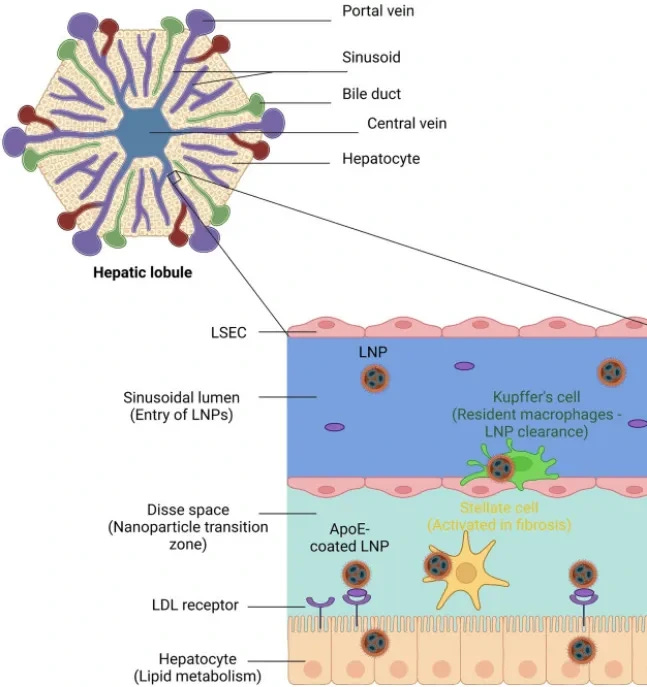
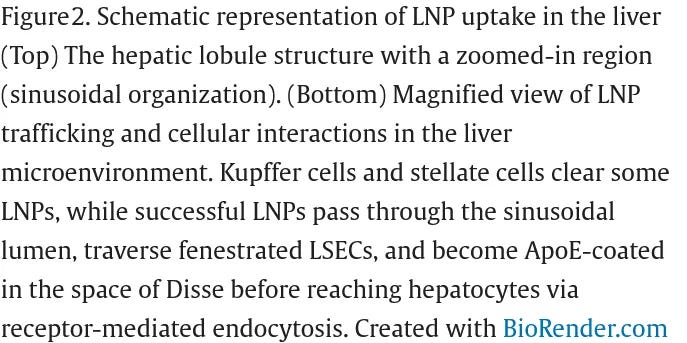
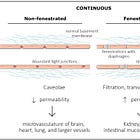

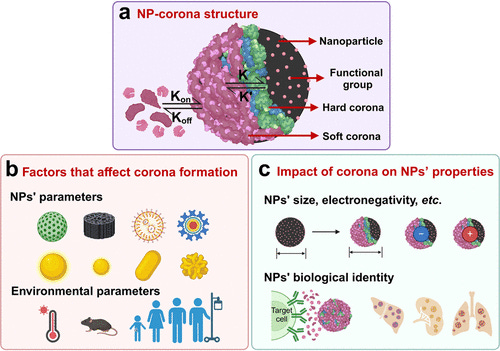
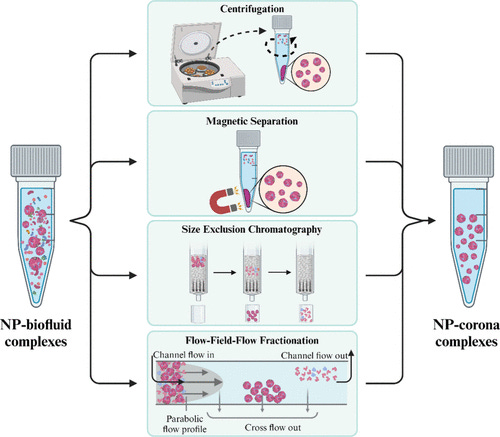

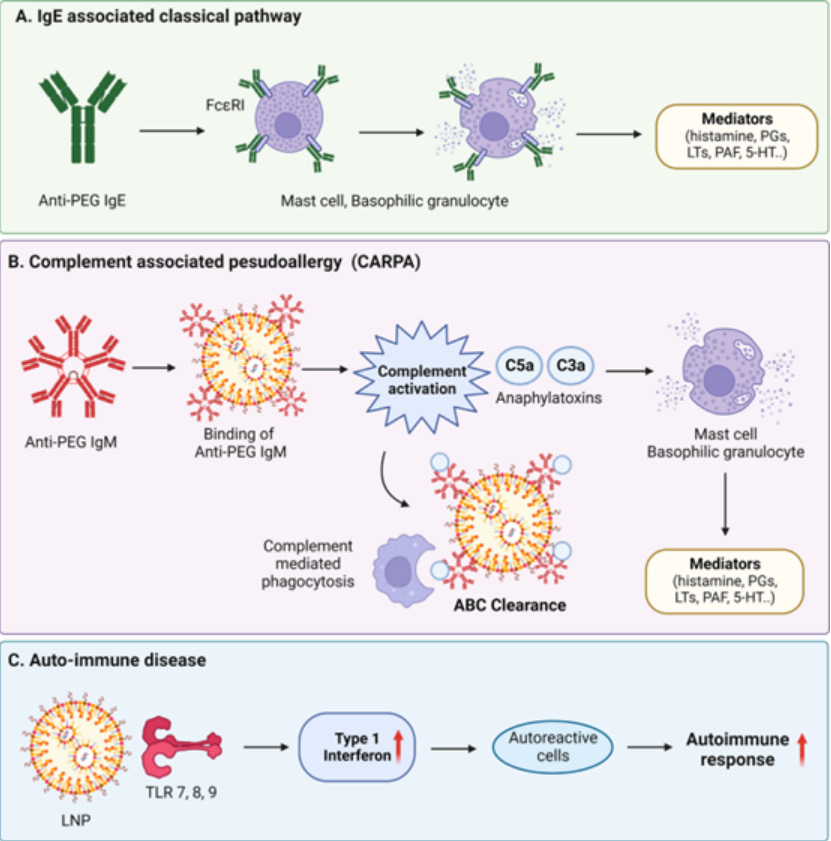




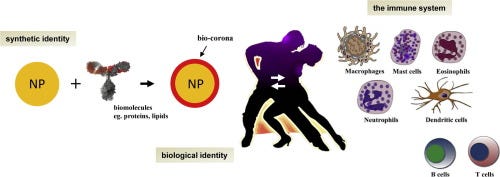




Excellent work! Nothing just like illuminating how much we do not know and of course obviously cannot then predict. The hubris of unleashing the injection on the world and expecting an overall positive result is astounding. It is good though to be informed that there is so much not understood about the interactions of lipid nanoparticles in vivo, let alone in vitro as I doubt so much went I investigated even at the Petri dish level. With my limited a couple of biochemistry classes I still understood most of this by a slow and careful reading. Yup individual responses are not at all predictable and this probably only scratches the surface of the variables which result in highly unpredictable responses. Thank you.
Fantastic article.
Thanks.